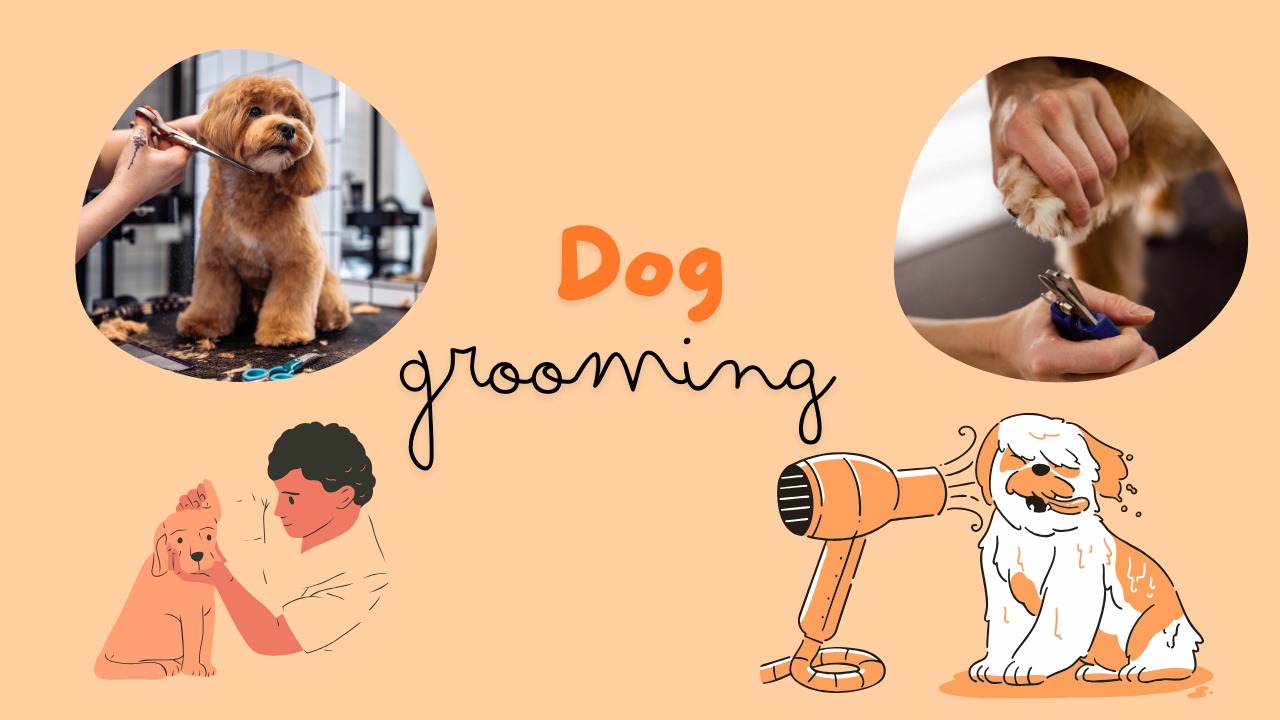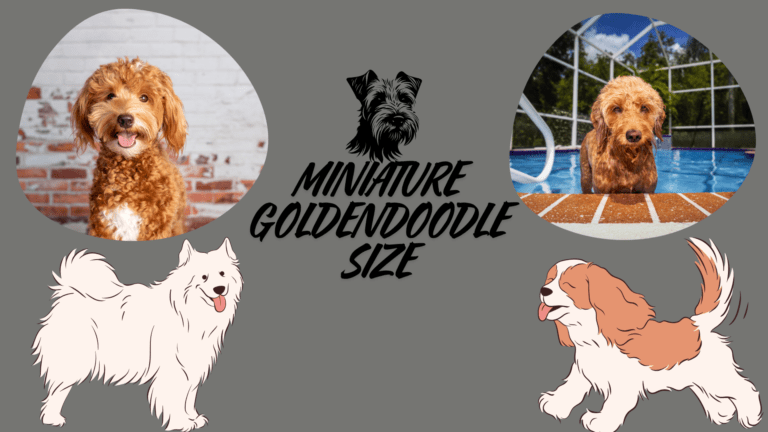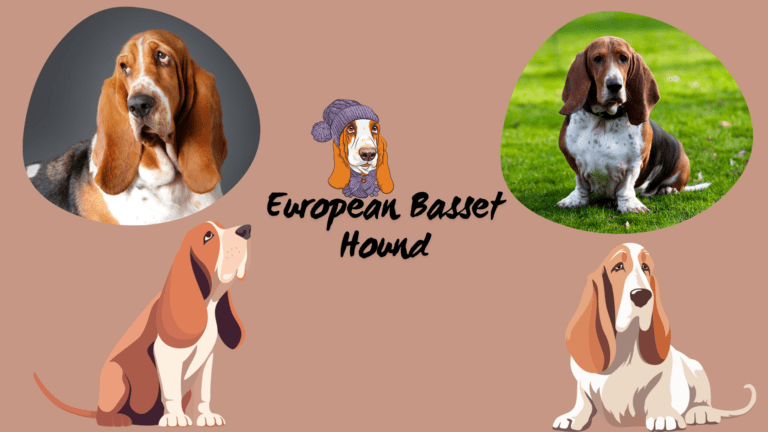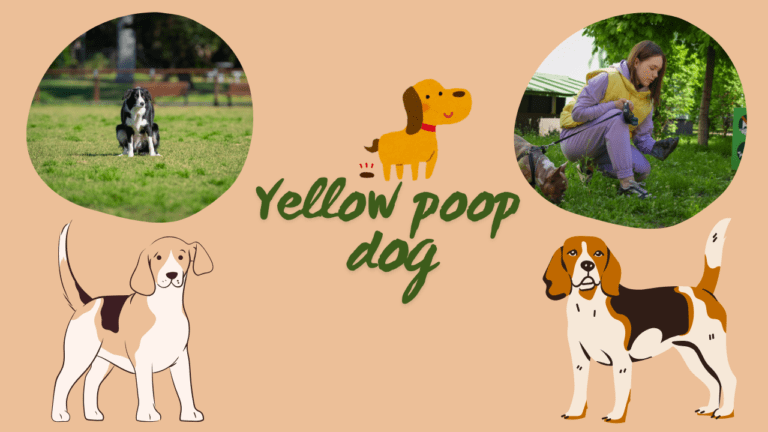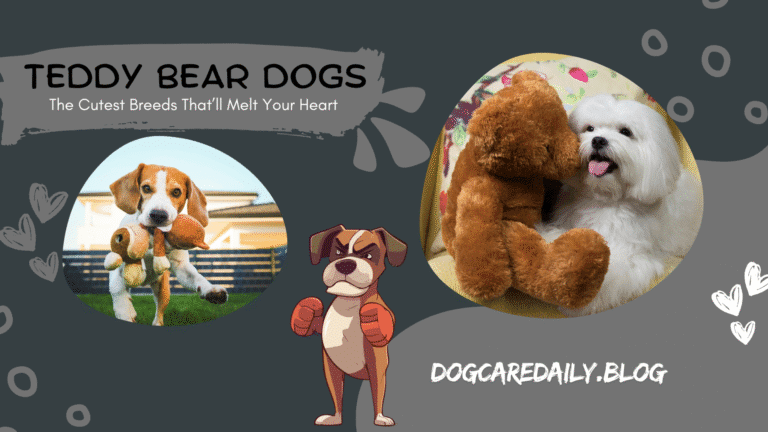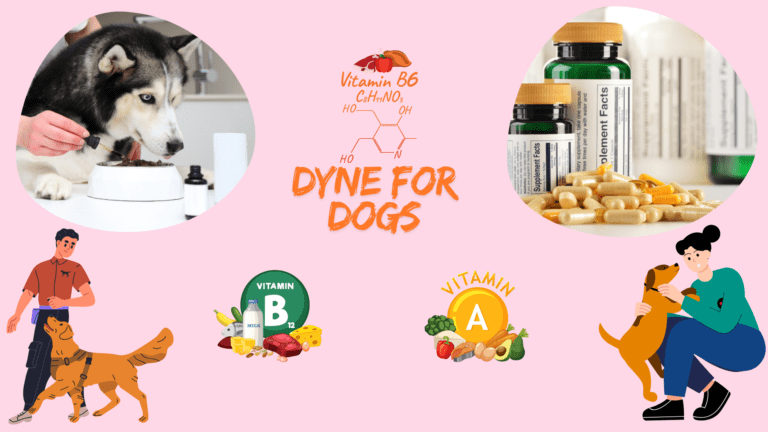Dog Grooming 101: Essential Tips for a Happy and Healthy Puppy
Dog grooming is one of the significant aspects of pet care that helps to contribute both to your dog’s physical health and emotional well-being. Regular grooming will help maintain your dog’s cleanliness, comfort, and appearance and prevents common problems such as skin infections, matted fur, and parasites. Whether you groom at home or with a professional service, there is a need to understand what techniques and tools are applicable for your dog based on his breed and coat type.
Why Dog Grooming is Essential
Dog grooming is as crucial for maintaining the health of your pet. Check why this is the case:
- Prevents Skin and Health Issues: Brushing and washing will remove loose dirt, dead hair, and pesky parasites that can lead to infections on the skin. At the same time, it creates a window of opportunity to discover common health problems such as lumps, skin irritation, or infestation by various parasites such as fleas and ticks.
- Maintains Comfort: Brushing works loose tangles and mats that can be uncomfortable when your dog changes with them. This especially applies to long-haired breeds.
- Improves Appearance: This helps your dog appear better as well as feel better, which can lead to an improved quality of life in general.
Basic Grooming Tools Every Pet Owner Needs
There are a few basic pieces of equipment you will require to groom your dog efficiently in the house:
- Brushes and Combs: Choose those designed for the texture of your dog’s coat. Slicker brushes are best for tangles and can be used on short coats or on other dogs.
- Clippers and Scissors: To cut the dog’s coat, use electric clippers. For sensitive areas in the face and paws use rounded-tipped scissors
- Dog-Safe Shampoo: Use shampoo especially made for dogs. The dog must not get any irritation by the shampoo.
- Nail Clippers: Do clip their nails regularly with clippers or grinders that are designed for dogs.
How Often Should You Groom Your Dog?
Grooming frequency varies with:
- Breed: If you have a long-haired dog like a Golden Retriever or Shih Tzu, expect to brush them more frequently than a short-haired Beagle.
- Coat Type: Curly-haired dogs like poodles need brushed frequently to avoid matting. Double-coated dogs like Huskies need regular grooming to handle shedding.
- Environment: Dogs that spend most of their time outdoors or in humid climates will need to be groomed more regularly because dirt and moisture tend to cling to their coats.
Most dogs prefer to be brushed weekly, and bathed monthly, but again this will depend upon the requirements of an individual dog.
Step-by-Step Guide to Grooming a Dog at Home
Here’s a simple way to groom your dog:
- Brushing: Brushes your dog consistently, targeting those areas which will tangle like the ears, belly, and legs. Be sure you use the right brush according to your dog’s coat.
- Bathing: Bathe your dog using lukewarm water with a dog-friendly shampoo. Make sure no water and soap reaches inside the nostrils, the ears, and the eyes.
- Nail Trimming: Trim your dog’s nails carefully so as to avoid the quick, which is a part of the nail that contains the blood vessel inside it. It will be painful and also bleed. A grinder for trimming the nails may give one an added advantage.
- Ear and Eye Cleaning: Gently clean the outer ear with cotton pads and vet-approved cleaner. Dispose all building around the eyes.
- Dealing with Shedding: Regular brushing allows one to deal with shedding. Use a de-shedding tool in periods where they shed heavily and these usually occur during spring and autumn.
Grooming for Different Dog Breeds
Breed types differ:
- Short-Haired Dogs: Boxers and Dalmatians will not demand much, but they still need brushing for dead hair and dirt that settles on their coats.
- Long-Haired Dogs: Collies or Afghan Hounds would want brushwork every day to eliminate tangles and matting.
- Double-Coated Breeds: Dogs like German Shepherds and Akitas need seasonal grooming to control the shedding.
- Hypoallergenic Breeds: Dogs like Poodles have hair rather than fur and require regular hair cuts to avoid matted locks.
Professional Dog Grooming vs. At-Home Grooming
Though it is economical to groom at home, sometimes some situations demand professional groomers:
- Benefits of Professional Grooming: Professional groomers are well equipped and have the appropriate tools to tackle complicated grooming tasks such as haircuts, trim narrow endings around sensitive regions, handle difficult dogs
- When to Opt for a Professional: One should seek a groomer for those breeds that need much grooming, such as Poodles, or if your dog has behavioral issues that make it hard for you to groom them in the comfort of your home.
- Choosing a Reputable Groomer: Choose experienced groomers with a good reputation, proper licensure, and a clean, calm grooming environment.
Dealing with Common Grooming Challenges
Common causes of grooming problems are:
- Matted Fur: Matting Matted fur can be painful and difficult to remove from your dog’s body. Dematting tools may be of use, or heavy matting will require professional grooming.
- Nervous Dogs: Desensitize an anxious dog by gradually exposing the canine to grooming tools while rewarding them with treats. Start grooming for very short periods of time and slowly increase.
- Skin Irritation: If your dog’s skin is sensitive, opt for hypoallergenic products and contact a vet if they continue to present signs of irritation.
Grooming Tips for Puppies
Grooming a puppy as early as possible lays out the pattern for a lifetime:
- Introduce Grooming Slowly: Start off with short time periods, and gradually add length to the time period of the session depending on how easily your puppy gets accustomed to being groomed.
- Develop a Routine: Getting grooming done as part of their daily routine may help you escape certain behavioral mishaps later on.
- Be Gentle: Compared to adult dogs, puppies are more sensitive in their skin, and they might be more sensitive to the grooming equipment.
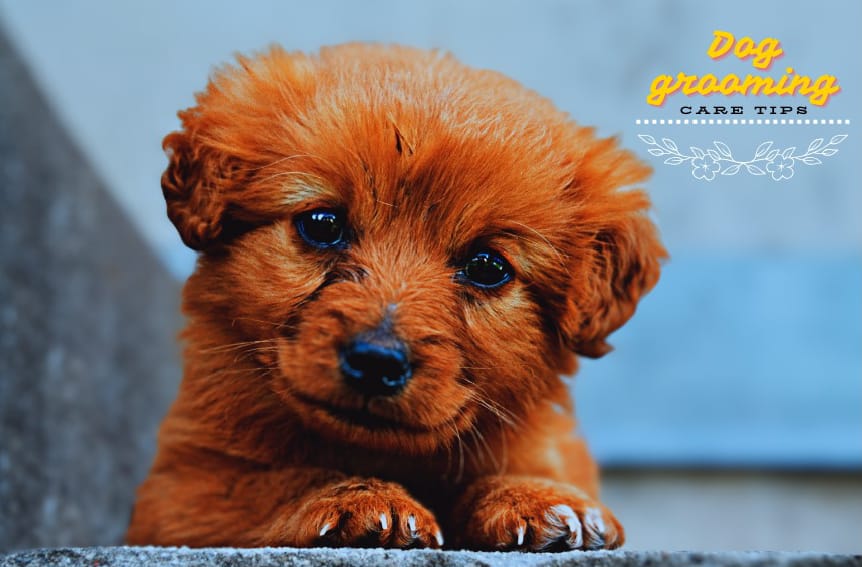
Grooming Older Dogs: Special Considerations
Elderly dogs may need adjustments in their grooming routine:
- Health Issues: Old dogs might be prone to either arthritis or skin issues, so you need to be softer during grooming.
- Adapted Routines: Use less aggressive brushes and a slower motion in order not to irritate the old dog.
Dog Grooming and Health
Grooming is not just an aesthetic exercise; it’s an opportunity to inspect your dog’s health condition:
- Skin Conditions: Through grooming, you’ll be able to identify hot spots, dandruffs, or even allergic reactions.
- Parasites: Check your dog for parasites such as fleas, ticks, or others when they are grooming.
- Dental Health: On the other hand, checking the dog’s teeth and gums could mean the difference between dental diseases or not at all.
Seasonal Grooming: How Weather Affects Your Dog’s Coat
Seasonal changes change how your dog’s coats. The time of year could affect what your dog needs in terms of grooming:
- Spring and Fall: These seasons are times when a double-coated dog sheds completely and needs more brushing.
- Summer: Regular grooming keeps your dog cool and prevents infection from the buildup of dirt and moisture in the skin.
- Winter: Additional grooming may be necessary for some dogs because of dry skin caused by heating indoors during winter.
Grooming for Special Occasions
Some dogs might need special grooming for events:
- Show Grooming: Dogs participating in shows require more detailed grooming, down to even precise trims and styling.
- Holidays and Events: Make sure that your dog is fresh and neat before holidays and functions.
Grooming Products: What to Look For
When selecting grooming products, prioritize safety and effectiveness:
- Dog-Safe Shampoos: Natural ingredients must be used. Avoid using harsh chemicals, which may irritate the skin of your dog
- Leave-in Treatments: Conditioner or spray can keep the coat of your dog healthy and neat between baths.
- Avoid Human Products: Never use human shampoos and conditioners on dogs because their skin pH is significantly different and can easily be irritated.
Frequently Asked Questions About Dog Grooming
- How can I make grooming less stressful for my dog?
Gradually introduce grooming tools and use positive reinforcement like treats and praise. - What’s the best grooming routine for a high-shedding dog?
Brush your dog daily during heavy shedding seasons and use a de-shedding tool. - Can I use human grooming products on my dog?
No, always use dog-specific products to avoid skin irritation. - How do I safely clean my dog’s ears?
Use a vet-recommended ear cleaner and a soft cotton pad, avoiding deep cleaning. - How often should I trim my dog’s nails?
Trim your dog’s nails every 2-4 weeks or as soon as you hear them clicking on hard surfaces. - Do certain breeds require more professional grooming?
Yes, breeds like Poodles, Shih Tzus, and Maltese benefit from regular professional grooming to manage their complex coats.
Conclusion
Grooming a dog makes one the responsible owner and is, in fact the very important part of their life. With proper tools, techniques and routines, it will be easy to keep your dog looking and feeling their best. Keep it going with constant care at home or at a professional groomer for a healthier, happier pet. Also read about our Ultimate Guide to Dog Training at Home here for helpful tips.

